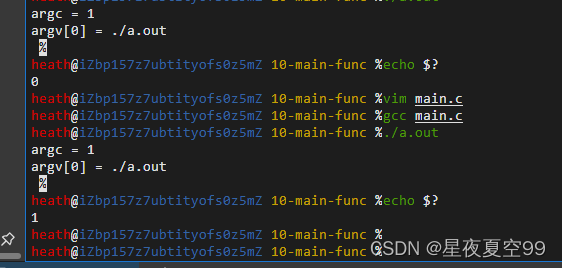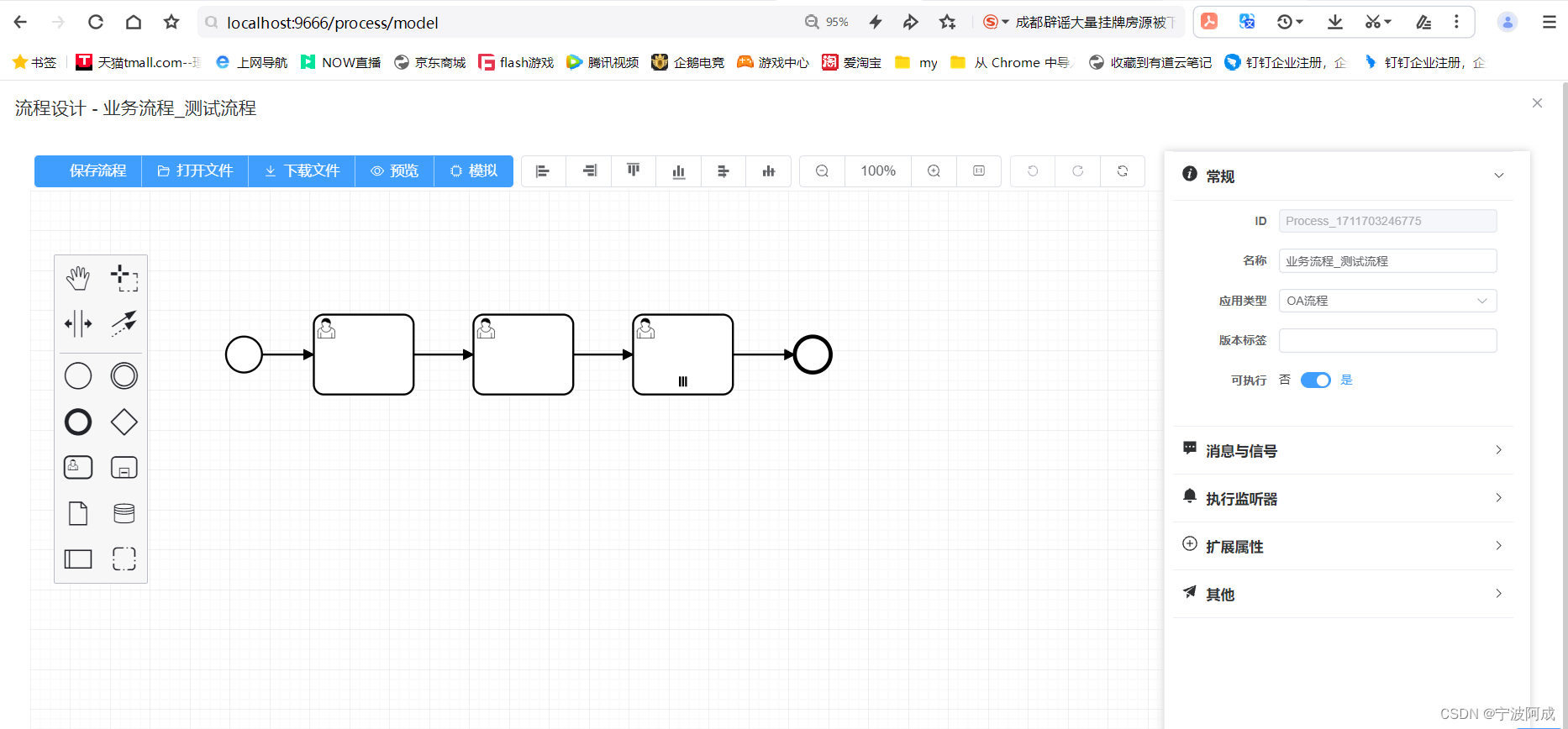背景
在 UniApp的开发中,状态管理的目标是确保应用数据的一致性,提升用户体验,并简化开发者的工作流程。通过合理的状态管理,可以有效地处理用户交互、数据同步和界面更新等问题。
此文主要用store来管理用户的登陆信息。
重要概念
1. 状态(State):状态代表了应用中数据的变化。在 UniApp Store 中,
这可能包括用户信息、插件列表、购物车内容、交易详情等。
1. 动作(Action):动作是触发状态变化的操作。
例如,用户点击购买按钮、更新插件信息或提交评分等行为都会产生相应的动作。
集成步骤
创建store目录
在目录下创建index.js文件,内容如下
import Vue from 'vue'
import Vuex from 'vuex'
Vue.use(Vuex)
const store = new Vuex.Store({
//仓库中共有属性的集合,用于存储公共状态,只存储
state: {
hasLogin: false,//公共属性
userInfo: {} //公共属性
},
//vuex中mutations是专门用来修改state中属性状态的方法集合(对象)
mutations: {
login(state, provider) { //方法名随便起,参数state是固定写法
state.hasLogin = true;
state.userInfo = provider;
//store 存储json数据格式的用户信息
uni.setStorageSync('userInfo', provider);
uni.setStorageSync('thorui_token', provider.token)
if(provider.roleList != null && provider.roleList != undefined && provider.roleList.length > 0){
uni.setStorageSync('roleList', provider.roleList);
}
},
logout(state) {
state.hasLogin = false;
state.userInfo = {};
uni.removeStorageSync('userInfo');
uni.removeStorageSync('thorui_token');
uni.removeStorageSync('roleList');
}
},
actions: {
},
getters: {
getUserInfo(state) {
return state.userInfo
}
}
})
export default store
配置main.js
import store from './store'
Vue.prototype.store = store;
const app = new Vue({
...App,
store
})
线上体验地址, 重点就是登陆部分的使用了store实现
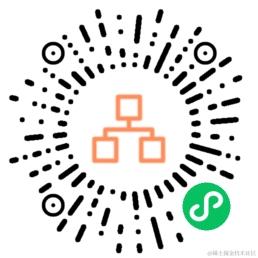
相关state和mutations使用具体见
vuex之state-状态对象的获取方法
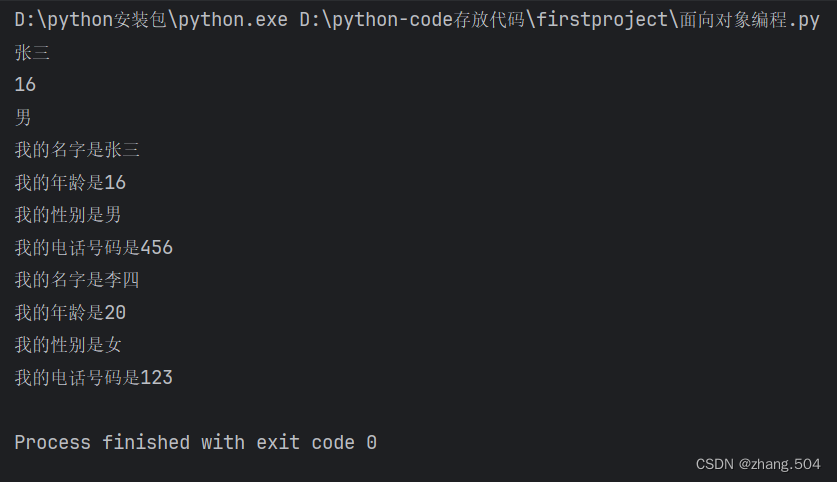



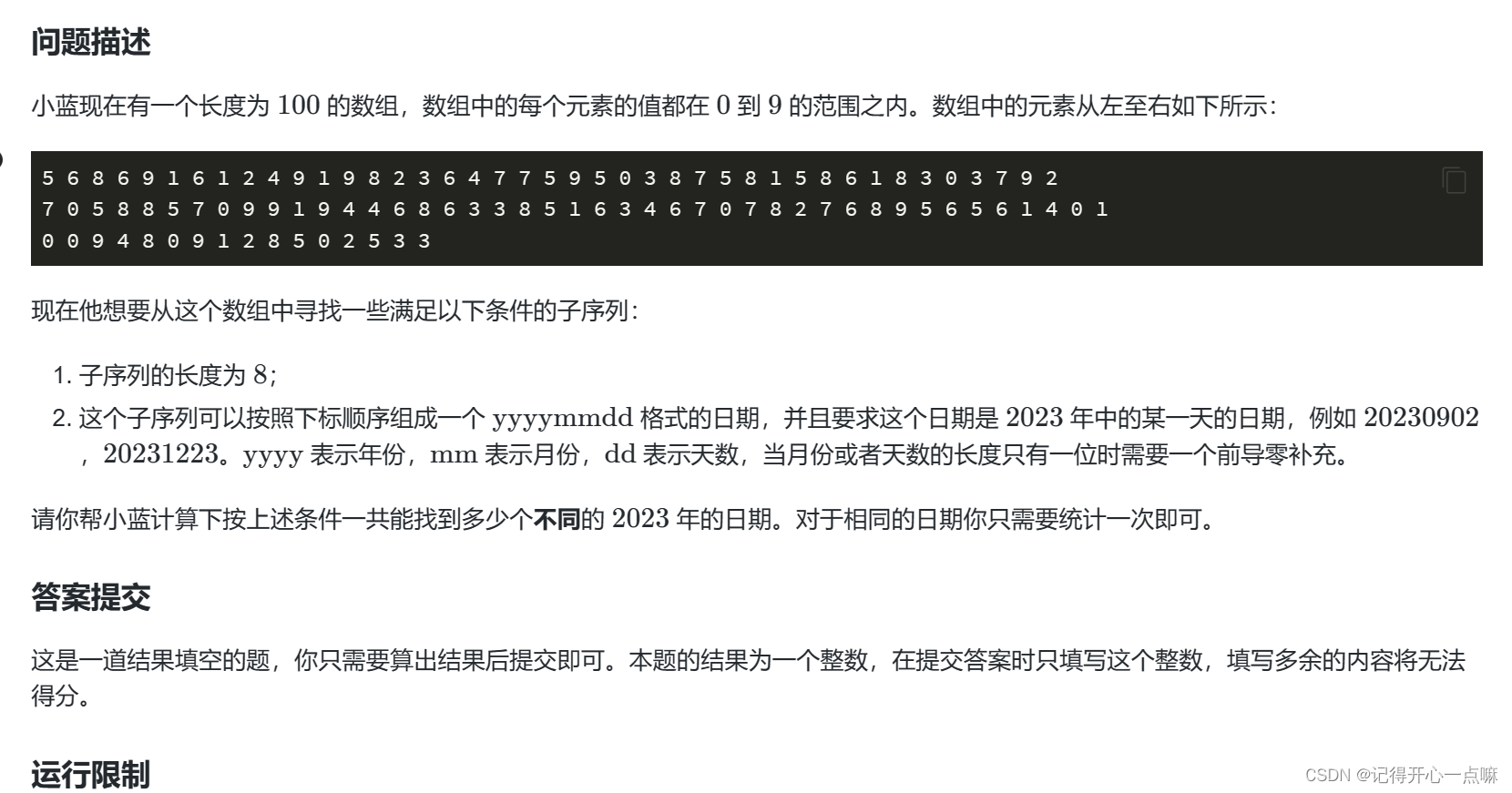


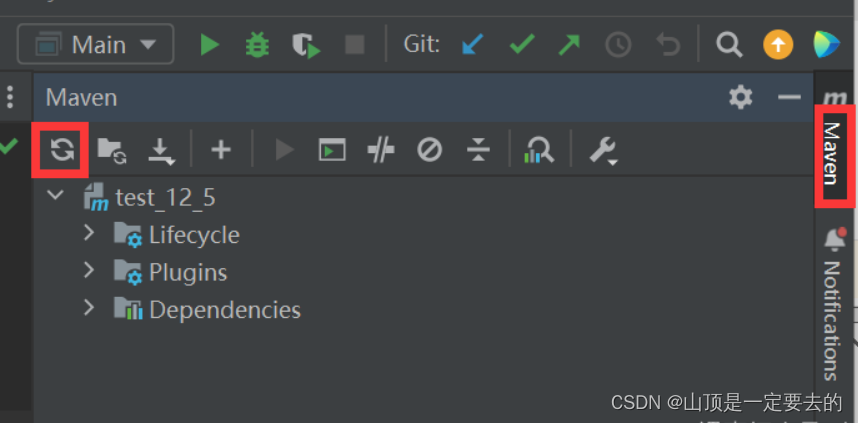


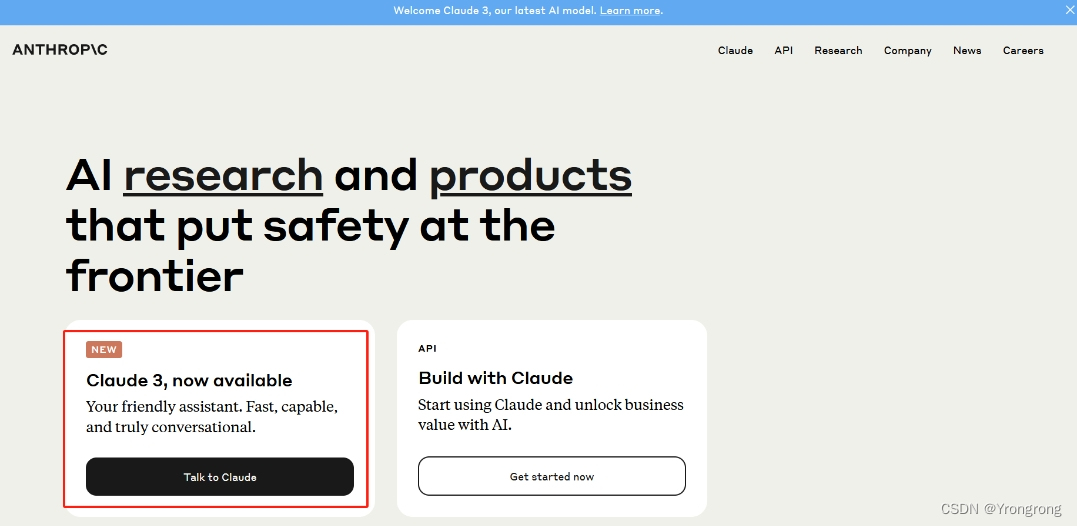

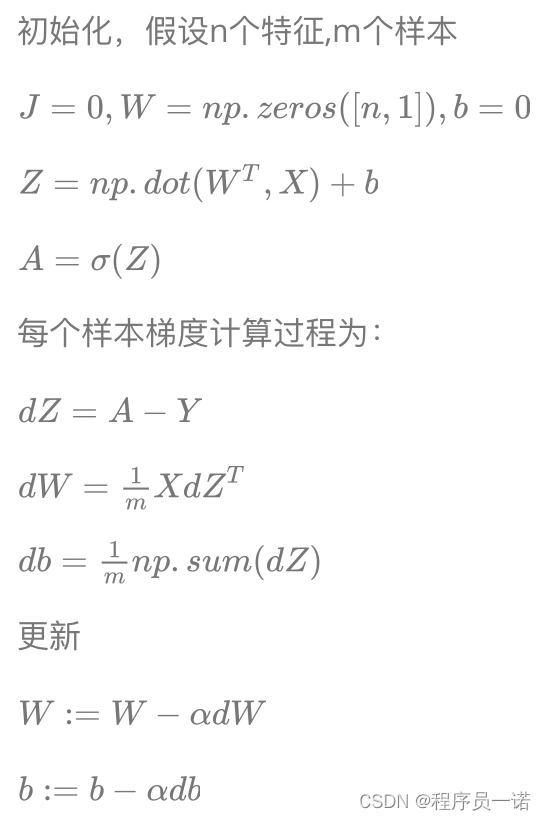
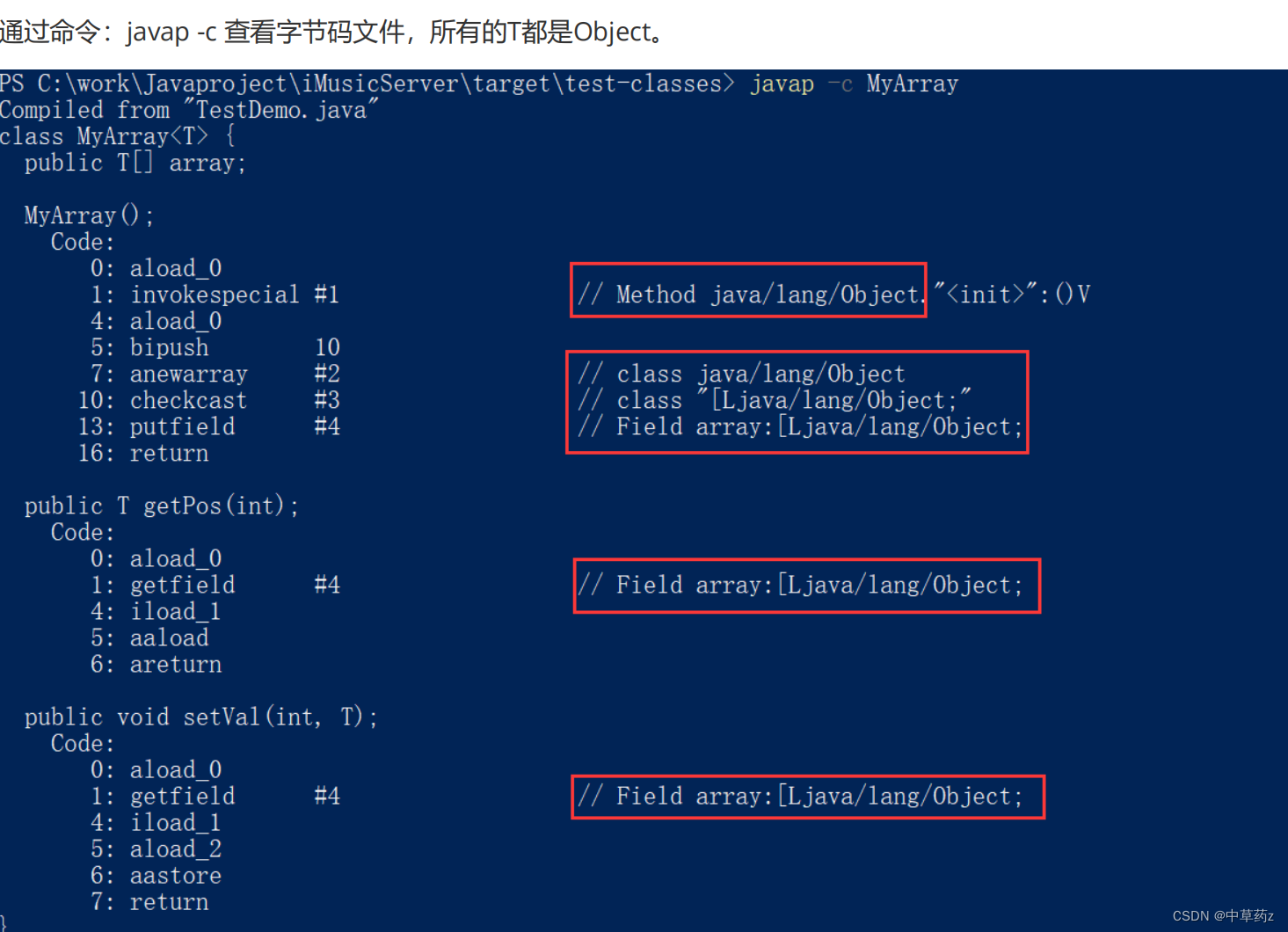
![[计算机知识] 各种小问题思考](https://img-blog.csdnimg.cn/direct/9e0d7351c3c9427291ebd7b73c2be0f4.png)
